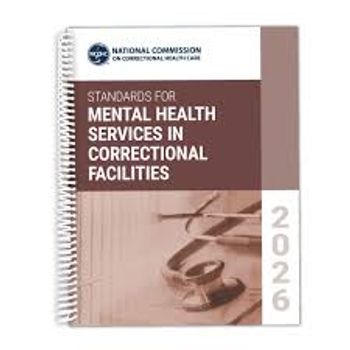
From the Pages of Psychiatric Times: February 2023
The experts weighed in on a wide variety of psychiatric issues for the February 2023 issue of Psychiatric Times.
In the February issue of Psychiatric TimesTM, we worked with experts from multiple psychiatric areas to bring you thoughtful articles about a wide variety of psychiatric topics, from special issues in treating bulimia nervosa to noninvasive brain stimulation for the treatment of acquired brain injury. Here are some highlights from the issue.
America’s Mental Health Crisis: Are We Willing to Do What Is Required to Fix It?
Every day, I wake up and go to work in a community-based, short-term care facility, where I provide psychiatric care to the most vulnerable members of our society. These are individuals with serious mental illnesses—most with unstable housing situations and a general lack of basic resources that most take for granted.
They cycle through homeless shelters, jails, and short-term care facilities, often multiple times within the same month. The prison system in the United States may be the largest provider of mental health treatment, but this was not by choice.
Treating Acquired Brain Injury With Noninvasive Brain Stimulation
An acquired brain injury (ABI), as defined by the Brain Injury Association of America, is an injury to the brain that is not congenital, hereditary, degenerative, or caused by birth trauma. Nontraumatic brain injury, alternatively, is caused by an illness or disease that affects the brain and brain function. National surveillance data indicate there are approximately 3 million new cases of ABI each year in the United States, most from traumatic brain injuries and stroke.
ABI can result in multiple and complex changes in several domains. ABI can also increase the risk for development of debilitating comorbidities and long-term disease burden.
Bulimia Nervosa: Diagnostic Clarification and Determining Levels of Care
Over the past decade, continued research and insight into eating disorders (EDs) have furthered our understanding of the prevalence, course, and severity of various ED diagnoses. One literature review puts lifetime ED prevalence at 8.4% for women and 2.2% for men, 12-month prevalence at 2.2% for women and 0.7% for men, and point prevalence at 5.7% for women and 2.2% for men.
In addition, the National Association of Anorexia Nervosa and Associated Disorders estimates approximately 30 million individuals will be diagnosed with an ED in the United States during their lifetime. Although staggering, data may be blunted by the number of underdiagnosed (or incorrectly diagnosed) individuals demonstrating food/gastric-related symptomatology without proper diagnostic classification.
Treatment Resistant: Is It a Misnomer?
As novel treatments emerge for clinical treatment of various psychiatric disorders, the goal is a faster onset and greater degree of symptom improvement with good tolerability. However, below the surface is a question that I often ask myself: Why do we label treatment nonresponders as treatment resistant?
The truth of the matter is that we simply have not yet developed a comprehensive and detailed understanding of the variables that converge to create the disorder we are trying to treat. The history of medicine is rich in blaming the disease or the patient for “untreatable” symptoms, until we stumble upon or develop a treatment that is, in fact, effective.
See the full February issue of Psychiatric TimesTM
Do you have a comment on any of these or other articles? Have a good idea for an article and want to write? Interested in sharing your perspectives? Write to us at
Newsletter
Receive trusted psychiatric news, expert analysis, and clinical insights — subscribe today to support your practice and your patients.















